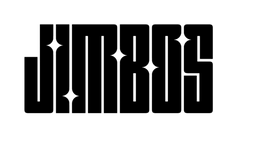When You Still Need a Clay Bar (Even If You Love a Clay Mitt)
Clay mitts are fast and convenient—but there are still times when a traditional clay bar is the better tool. Here’s when to reach for it.
I’ve said it before and I’ll say it again—clay mitts are faster, safer, and more efficient for 95% of the detailing work out there. But that other 5%?
That’s when the traditional clay bar still wins.
When to Use a Clay Bar Instead of a Mitt
- Severe contamination: Iron deposits, overspray, or sap that won’t come off with foam + mitt
- Small panels or spot work: Clay bars give you more precision and control in tight spaces
- Polishing prep for high-end correction jobs: Clay bars offer more tactile feedback on older, softer paints
- Testing unknown surfaces: When you're not sure how aggressive you can be, a fine-grade clay bar lets you work slower and with more feel
Why Most People Can Still Use a Mitt
Unless you’re working on a heavily neglected vehicle, a clay mitt paired with a lubricating pre-wash like The Super Soaper will handle the job faster and more safely.
Just foam the surface, let it dwell, and glide the mitt gently across the panels. Then follow with Picture Perfect Polish and you’re good to coat with Tough As Shell or Gloss Boss.
Don’t Overthink It—Just Match the Tool to the Job
If you’re working fast, maintaining a coated car, or doing basic decontamination, a clay mitt is your go-to.
If you’re restoring neglected paint, chasing perfection, or working small areas—bring out the bar.
Use the Right Tool for the Job
For speed and safety, pair a clay mitt with The Super Soaper. For precision and spot work, keep a fine-grade clay bar in your kit.



